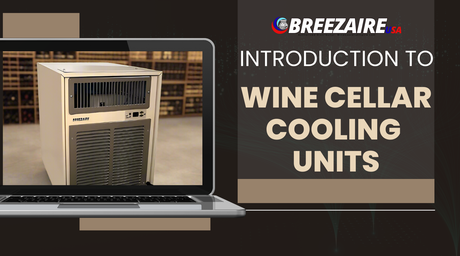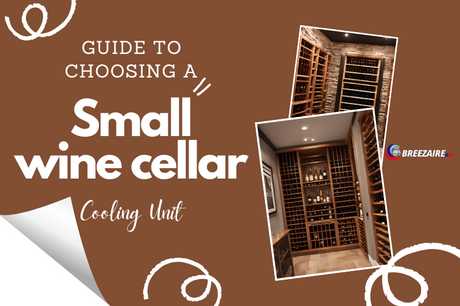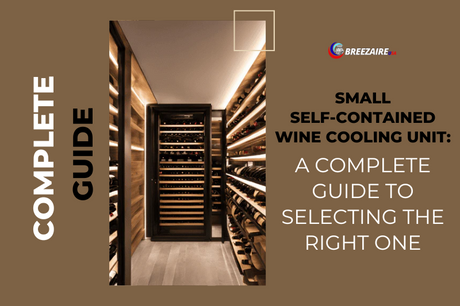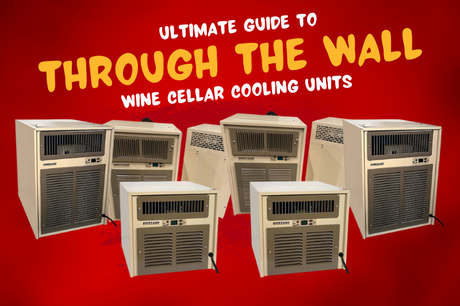🟣 Imagine this…
By Jim Hopper, Wine Cooling Expert
You invest in a prized wine collection, only to discover your bottles have spoiled due to poor storage. Whether you’re building a cozy wine cabinet at home or outfitting a small commercial cellar, a self-contained wine cooling unit offers the easiest, most reliable way to maintain the perfect temperature and humidity.
In this guide, we’ll cover how these systems work, what features to look for, top-performing models, and key installation and maintenance tips—so your wine ages beautifully and stays protected.
Explore The Ultimate Guide to Planning a Wine Cellar Cooling System →
Understanding Self-Contained Wine Cooling Units

Self-contained wine cooling units are compact systems that house all key components—compressor, evaporator, and thermostat—within a single enclosure. They're designed for easy installation and consistent performance, maintaining humidity between 50–75% and temperatures from 50°F to 65°F.
Perfect for smaller cellars or wine cabinets, they operate without external ductwork or separate condensers, offering simplicity and reliability in one package.
Benefits of Small Self-Contained Wine Cooling Units
- Space-saving design: Ideal for under-stairs cellars, closets, or cabinets.
- Simple setup: Often DIY-friendly with through-the-wall mounting.
- Quiet operation: Low vibration protects wine aging process.
- Efficient performance: Maintains wine at optimal conditions with minimal energy use.
Key Features to Look for in a Small Self-Contained Wine Cooling Unit
- Humidity and temperature control: Essential for long-term wine preservation.
- Capacity: Match the unit to your cellar size (e.g., 100–300 cubic feet).
- Mounting options: Choose from wall, cabinet, or ceiling installation.
- Noise reduction: Look for vibration-free or quiet fan models.
- Digital control panels: Enable precise customization and monitoring.
Common Mistakes to Avoid

- Choosing the wrong capacity (over or underpowered).
- Poor ventilation or blocked exhaust.
- Ignoring routine maintenance like cleaning filters.
- Not using a factory-assembled unit.
- Skipping humidity monitoring.
Compare Top Models of Small Self-Contained Wine Cooling Units
| Model | Capacity | Installation | Noise Level | Price |
|---|---|---|---|---|
| Breezaire WKCE 1060 | Up to 265 cu. ft. | Cabinet/Wall | Ultra Quiet | $$ |
| Breezaire WKL 1060 | Up to 140 cu. ft. | Through-the-Wall | Quiet | $$ |
Installation Tips for Self-Contained Units

Most small self-contained units install like a window A/C unit. Here’s what to keep in mind:
- Mount flush against an interior or exterior wall.
- Ensure 6–12 inches of clearance for ventilation.
- Use door vents or fans to improve airflow.
Maintenance & Troubleshooting

- 🛠️ Clean condenser coils every 6–12 months.
- 🔍 Check humidity with a hygrometer.
- 💧 Clear blocked drain lines to avoid leaks.
- 🔧 If noisy, tighten mounts or check fan balance.
Conclusion
Choosing the right self-contained wine cooling unit ensures your wine ages perfectly, no matter your space size. From easy installation to quiet performance, these units deliver both form and function. Avoid the common pitfalls, maintain it well, and your wine will thank you.
Shop Self-Contained Cooling Units
Need help selecting the right unit? Contact our experts or call us at +1 (800) 702-1381.








